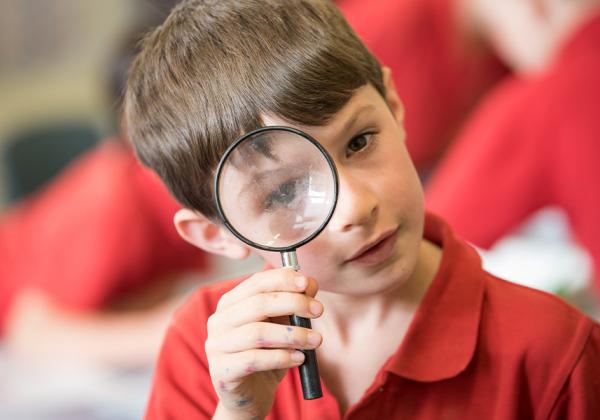About WaterWatch and EstuaryWatch Victoria
WaterWatch started in Victoria in 1993 as part of the broader national WaterWatch initiative. The program was first piloted in select regional catchments, including the Wimmera and Corangamite regions, to address local waterway health concerns. It quickly gained momentum, with schools, community groups, and individuals participating in water quality monitoring to protect and restore Victorian rivers, wetlands, and estuaries.
The program’s success in Victoria highlighted the value of community-led environmental stewardship, becoming a model for fostering partnerships between local communities, Catchment Management Authorities, and government agencies.
In 2006, in response to a groundswell of public interest in estuary health and in an effort to meet the estuary manager’s information needs, EstuaryWatch was initiated as part of the Large Scale River Restoration Initiative – Managing our Great Ocean Road Estuaries (a program coordinated through the Corangamite Catchment Management Authority). Following the successful implementation of the EstuaryWatch Program in the Corangamite Region the program was expanded in 2010 to enable other interested communities throughout Victoria to participate in EstuaryWatch.




